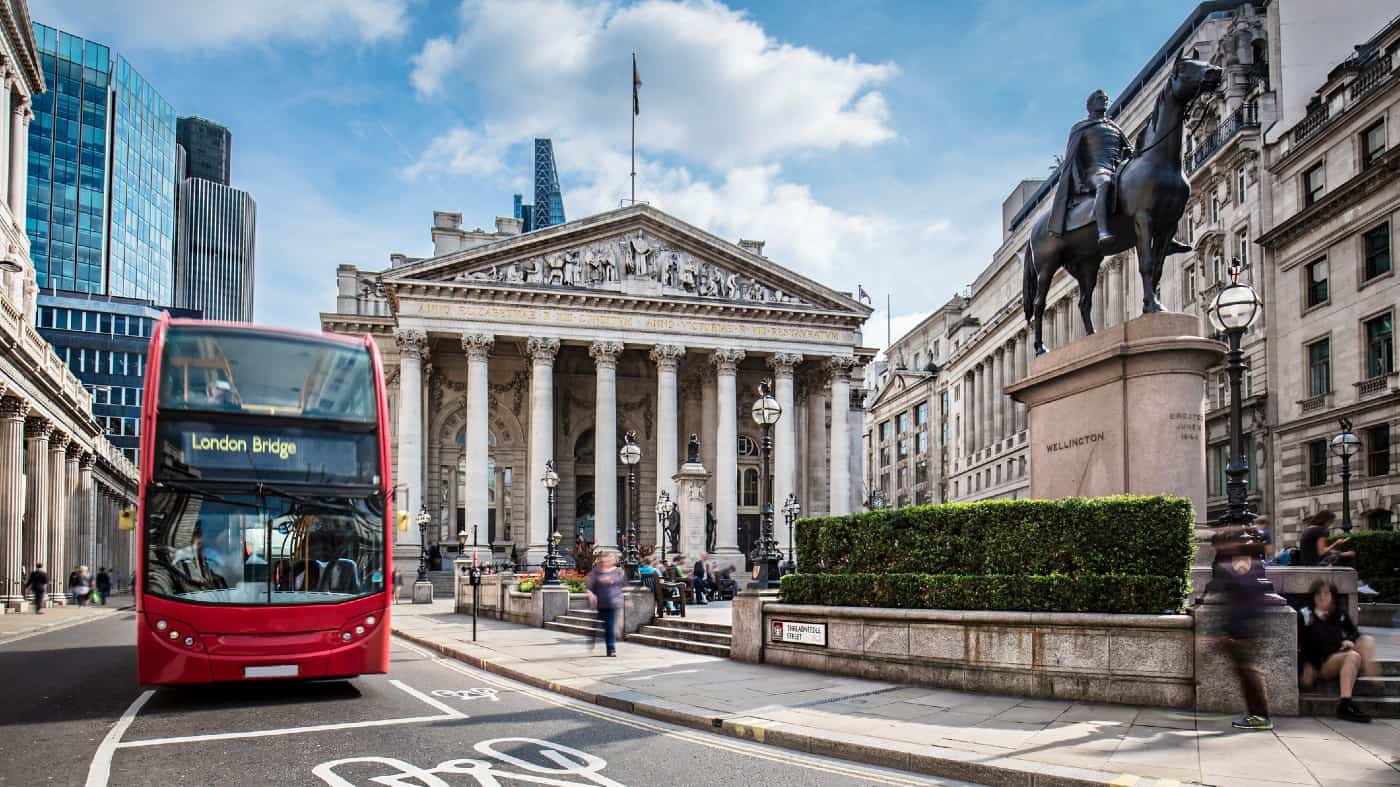I love buying top quality shares when I think they look cheap. And that’s exactly what I think about the abrdn (LSE: ABDN) share price right now.
abrdn shares have been falling all year. And on Wednesday morning, they dropped another 4% in response to the latest UK inflation data.
The investment management business is going through a tough patch. And first-half results for abrdn didn’t look pretty.
Fee-based revenue fell by 8% compared to the same period last year. When share prices are falling, investment managers can’t charge as much in performance-related fees. They also lose out when customers withdraw funds, and that’s been happening too.
Lloyds withdrawal
The company took a big hit when Lloyds Banking Group withdrew £24.4bn in the half. That’s due to a dispute stemming from the merger of Standard Life and Aberdeen Asset Management to create the current firm. Lloyds saw a conflict of interest.
But the good news is that’s the last tranche of Lloyds money. And to put it into perspective, abrdn’s remaining assets under management still totalled £508bn.
The bottom line showed an IFRS loss before tax of £320m, which looked bad. But abrdn put that down mainly to “the change in fair value of our significant listed investments in the period“. The company recorded an adjusted operating profit of £115m.
There are good reasons to avoid investing in abrdn shares. Well, for short-term investors, for sure. The big investing firms rarely look beyond the next quarter or two, wanting to be seen holding the winners whenever they report their figures. And that can open opportunities for long-term private investors.
Second half
Still, if the first half for abrdn was tough, the second half could even be tougher. Inflation in August was a bit less painful than we’d feared — the 9.9% reported this week was better than forecasts suggesting 10.2%. But the Bank of England reckons recession is unavoidable.
The only real question is how long the economic downturn might last. Oh, and how much more money investors might withdraw from asset managers like abrdn. And what effect that could have on share prices over the next 12 months.
Thinking on that final question, I suspect the bad news might already be factored into the abrdn share price.
At the first-half stage, abrdn maintained its interim dividend at 7.3p per share. That’s in line with last year. And if it’s repeated for the second half, we’d be looking at a dividend yield of 10% on the current abrdn share price.
Long term
That’s by no means certain, and I think a second-half dividend cut is a realistic possibility, depending on the cash situation in the half. But even if there’s no final dividend at all (which I think unlikely), shareholders would still have pocketed 5% this year. And that’s not bad.
We may have a tough time ahead. The company itself said: “Current market uncertainty means our ambitions for revenue growth and improved cost/income ratio are likely to take longer than originally expected“.
But I invest for the long term. And abrdn is firmly on my list of options for my next investment.
